How to Start Selling on Amazon Japan
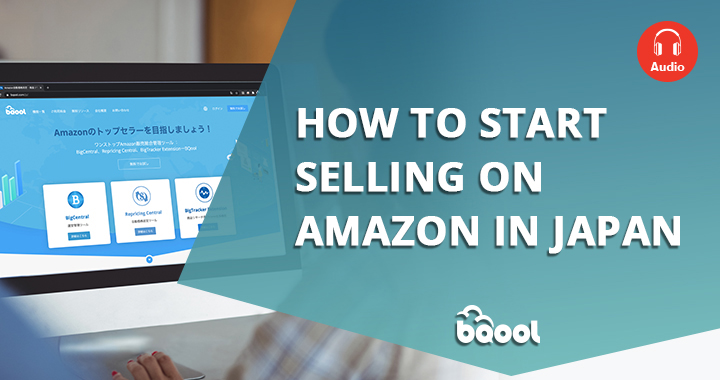
Many Amazon sellers increase sales by expanding their eCommerce business internationally, and Europe’s marketplace usually is their first choice. However, Japan also presents a great opportunity for sellers to gain a large eCommerce market share as Japan ranks fourth in the world for the total size of retail eCommerce, just behind the UK.
Amazon’s Japan marketplace has less competition because the number of Amazon Japan marketplace sellers in 2019 is 173,483, while there are 1.1 million active sellers on the Amazon marketplace in the United States.
Amazon Japan Marketplace Overview
If you want to start selling on Amazon Japan, you must understand the eCommerce ecosystem in Japan first. The most popular eCommerce platforms in Japan are shown in the below table.
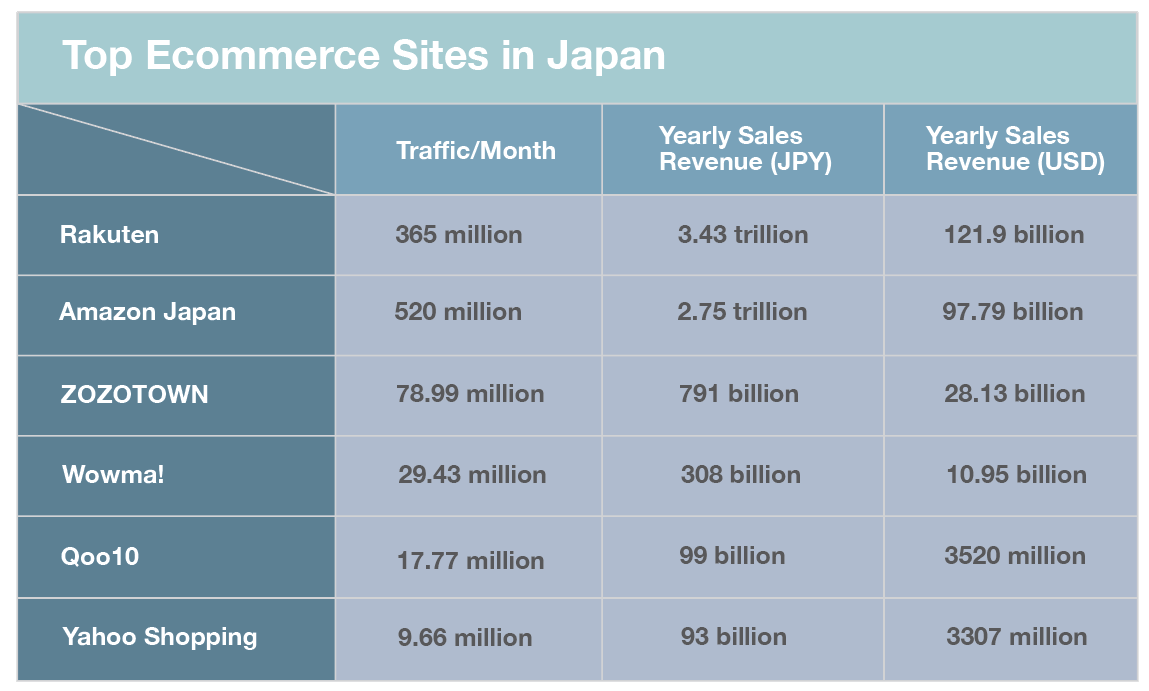
These data were collected and estimated from various reports. Although the eCommerce giant in Japan is Rakuten, its revenue includes its subsidiaries like Rakuten Travel, Rakuten Payment service, etc. So if we only take online retail into consideration, Amazon Japan may have surpassed Rakuten by sales revenue.
7 Steps to Selling on Amazon Japan
1. Test the waters before expanding into Japan
Before you can begin selling a product in Japan, you have to ensure your products comply with local laws and regulations. You can learn whether you can list your product on Amazon.co.jp here. Then you can identify your product’s demands and profit potential in Japan. A simple way to identify the product demand is to monitor your competitor’s listings. You can easily conduct a detailed comparative analysis between yourself and your competitors using the Amazon product research tool. This can give you some ideas about how to price your products and calculate the estimated ROI.
2. IOR is required for FBA shipments
IOR (Importer Of Record) is the entity responsible for paying import duties and taxes and ensuring your imports comply with local laws and regulations. Sellers who live outside of Japan (non-residents) will need an IOR to sell in Japan as neither Amazon nor its fulfillment centers can serve as the IOR for FBA shipments. If you need an IOR consultation or service, you can find it from external providers with the Amazon Service Provider Network.
3. Register foreign businesses for consumption tax purposes
Amazon Japan charges the consumption tax for selling on Amazon Services and the Fulfillment by Amazon. Companies with taxable sales lower than JPY 10 million during the base period are exempted from the consumption tax obligation. For more information about Japanese Consumption Tax, you can visit Amazon’s help page.
4. Sign up for a Seller Central account in Japan
You can register an Amazon Japan seller account after you have found an IOR and registered consumption tax. If you already have an Amazon seller account, you can easily expand to Japan through Linked Accounts on your Sell Globally page on SellerCentral, and manage your business from one page.
5. Translate your Amazon product listing into Japanese
Using the local language makes it easier for customers to understand your listings, especially in Japan. With approximately 120 million Japanese people, it’s estimated that less than 30% of Japanese speak English at any level at all, and only 2% speak English fluently. If your ASINs already exist on Amazon.co.jp, which will allow you to launch even faster.
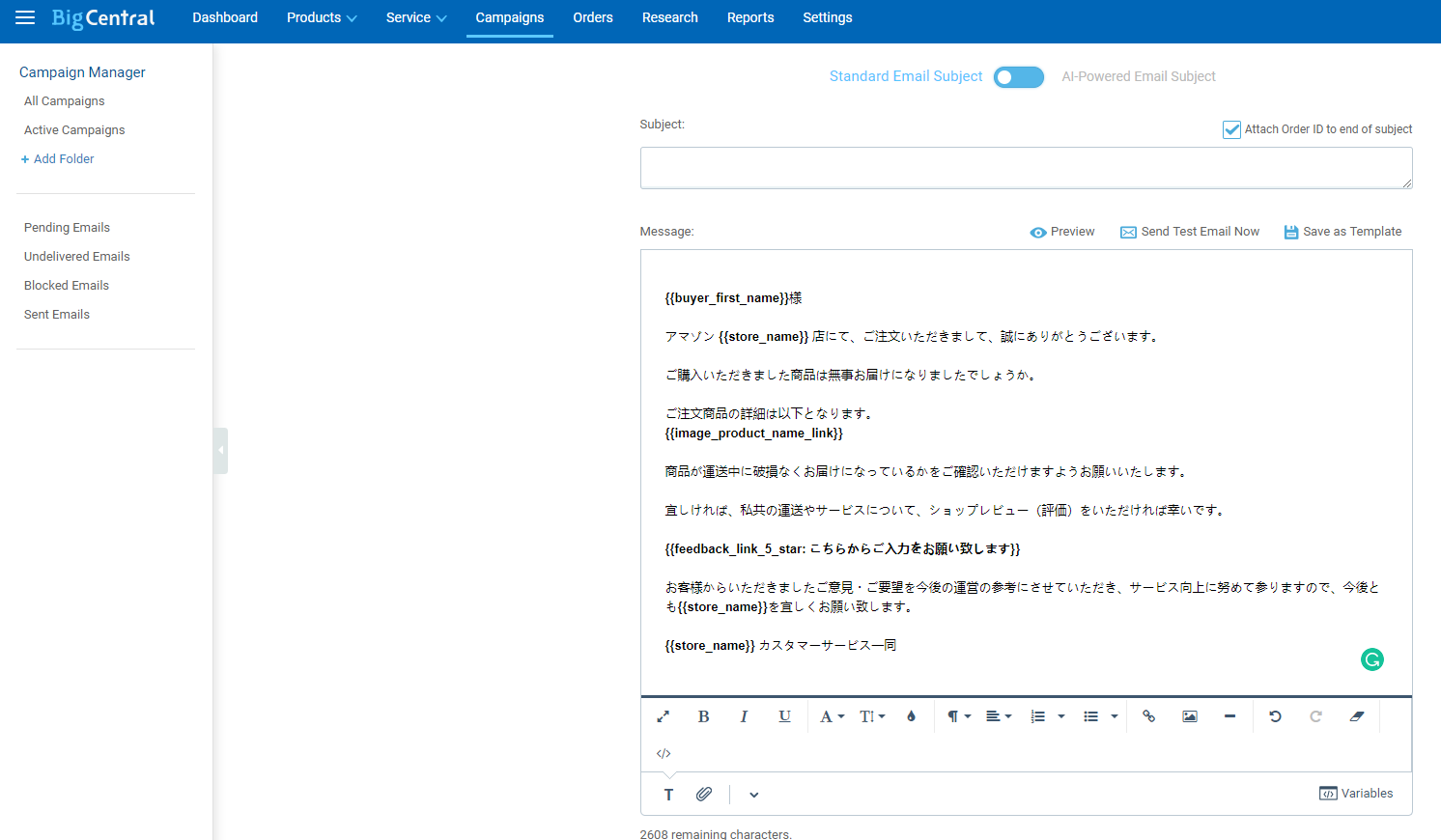
Using FBA is easy to sell on Amazon.co.jp because Amazon takes care of picking, packing, shipping, and customer support for shipping and return questions. For FBM sellers, you can hire a professional Japanese freelancer or use BQool’s BigCentral email automation that includes the pre-made email templates tailored to various customer service scenarios in Japanese. So you can solve your customer service challenges and solicit feedback and reviews in the local country.
6. Choose the most cost-effective shipping option for your items
Most international sellers use FBA. If you have high volume products, and the cost you fulfill your products is significantly more than FBA, you can send your inventory to the Amazon fulfillment centers in Japan by sea freight. For FBM sellers, you can find a reliable logistic provider with a tracking system so that you can keep your customers up to date on their shipments. Don’t know which one works better for you? Read this post FBA VS FBM to find out.
7. Manage and grow your global business
Whether you choose FBA or FBM, you have to monitor and improve your performance regularly on the Customer Metrics page of your seller account. This allows you to see if you are meeting Amazon selling targets and gives you the opportunity to improve your performance before the issue affects your ability to sell.
When entering a new market, you also need to build brand awareness to increase your brand reputation as consumers confronted with choices are more likely to buy a name brand product than an unfamiliar one. You can promote your brand and products by investing in Amazon ads, such as Sponsored Products.
How to Select a Product to Sell on Amazon JP?
There are one caveat sellers should be aware of when selling on Amazon JP marketplace, that is Japanese customers are very price-conscious and if you are also selling your products in the retail stores, you need to make sure that the products offered on your online store are cheaper than that of the retails. According to the image below, you can tell that the majority of the products offered online have cheaper prices compared to retail offers in Japan.

Source: Freshtrax
Since BQool BigCentral is one of the leading Amazon product research tools on the market, we will be using the tool to demonstrate how you should find the product of your choice to sell on Amazon JP.
1. The number of competitors on a listing: 3 sellers
The size of Amazon JP marketplace is smaller than the US marketplace. We may tolerate a higher competition on a US listing but this may not apply to Amazon JP. Usually, a listing with less than 3 competitors is acceptable.
2. Price: 1300 JPY ~ 4000 JPY
Products within this price range are the most popular because most buyers can afford them without hesitation. Books are very popular in Japan and usually, they are priced within this price range too.
3. The number of reviews on your competitor’s listings: under 150 reviews
As long as your products have unique selling points and can be differentiated from your competitors, the number of reviews on your competitors shouldn’t concern you too much.
4. Weight: less than 2.2 pounds
The lighter the product is, the cheaper the shipping will be.
5. Non-seasonal product
Non-seasonal products will sell consistently well all year round so it’s easier to hold them in stock.
BQool’s BigTracker has a unique feature that allows its users to spot seasonal keywords, hot new keywords, and popular keywords. These keywords will represent the performance of certain products, and you can use this information to determine what products are seasonal products to avoid the pitfall of selecting unsuitable products to sell on Amazon.
![]()
Frequently Asked Questions When Selling on Amazon JP
1. Why should I sell on Amazon in Japan?
- Amazon JP is the third-largest Amazon marketplace right behind Amazon US and DE and is growing rapidly. 71% of Japanese shoppers make purchases online.
- Expanding to Amazon Japan would allow you to gain access to the market that is the world’s third-largest economy with a 120-million population which is twice the size of the population in the UK.
- When selling on Amazon, you can utilize A+ Content and other Amazon-exclusive marketing assets to promote and penetrate a new market like Amazon JP.
- Don’t put all your eggs in one basket: selling on Amazon JP also provides you the means to spread your risks so you aren’t dependent on just one market. If your Amazon account on a primary marketplace has been suspended or experienced a sales slide, you would still have an Amazon JP store to provide you with a reliable revenue stream.
- Opening a store on Amazon Japan is relatively simple: you can open an Amazon JP store on your existing Amazon selling account and start offering your products as long as your listings are displayed in Japanese. Amazon JP can provide Japanese translation and customer service as well.
2. What are the category restrictions on Amazon JP?
If you wish to sell products belonging to the following categories on Amazon JP, you would require Amazon’s approval first.
- Food and kitchen appliances
- Toys
- Comics
- Media
3. Do I need to register a business in Japan or own a Japanese bank account?
You are not required to register a business in Japan to start selling in the country, neither you would need a Japanese bank account to collect your earnings. Funds will be deposited into your existing bank account by Amazon.
4. How can I ship to Japan?
If you wish to opt-in for Amazon FBA in Japan, you will need to ship your inventory to the JP FBA warehouse. Otherwise, you can choose merchant fulfillment to send your parcels to your Japanese buyers internationally.
5. How should I prepare my product label?
Amazon JP is the same as any other Amazon marketplace when it comes to product labeling. You are required to provide either EAN/UPC/GTIN label or Amazon FNSKU for your products. The majority of the sellers would request their manufacturers to label their parcels and product packages before being shipped out.
6. Is JP Seller Central displayed in English?
Yes, you can switch the display language to English on Seller Central
7. How are tax collected in Japan
Sales tax will be collected by the Japanese government if you are a cross-border e-commerce seller. You are also responsible for the import tax when your items arrive in Japan. The total payable tax should be around 13%.
Get started selling on Amazon Japan today!
Don’t let the language barrier stop you from selling on Amazon Japan. While you can find any supports and solution you need on Amazon, BQool’s suite of Amazon seller tools can also help you manage your multichannel business and grow with you as you expand to other marketplaces.
If you have any other questions regarding selling on Amazon Japan, let us know in the comments below!

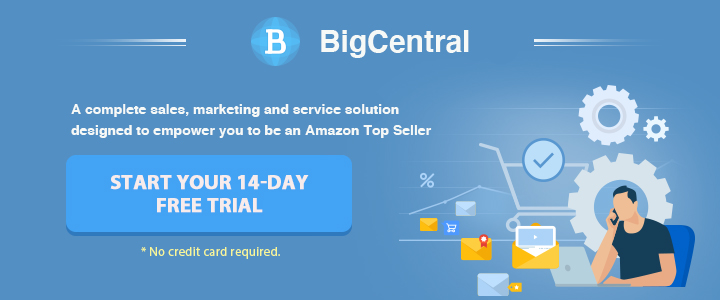

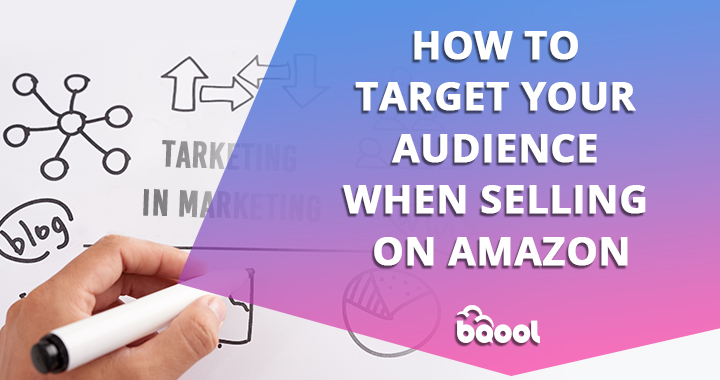





November 10, 2023
i am in japan and i want to open amazon jp account how j open it how i will manage please tell me thanks
November 14, 2023
Hey Wajid,
Feel free to contact support@bqool.com for more information!